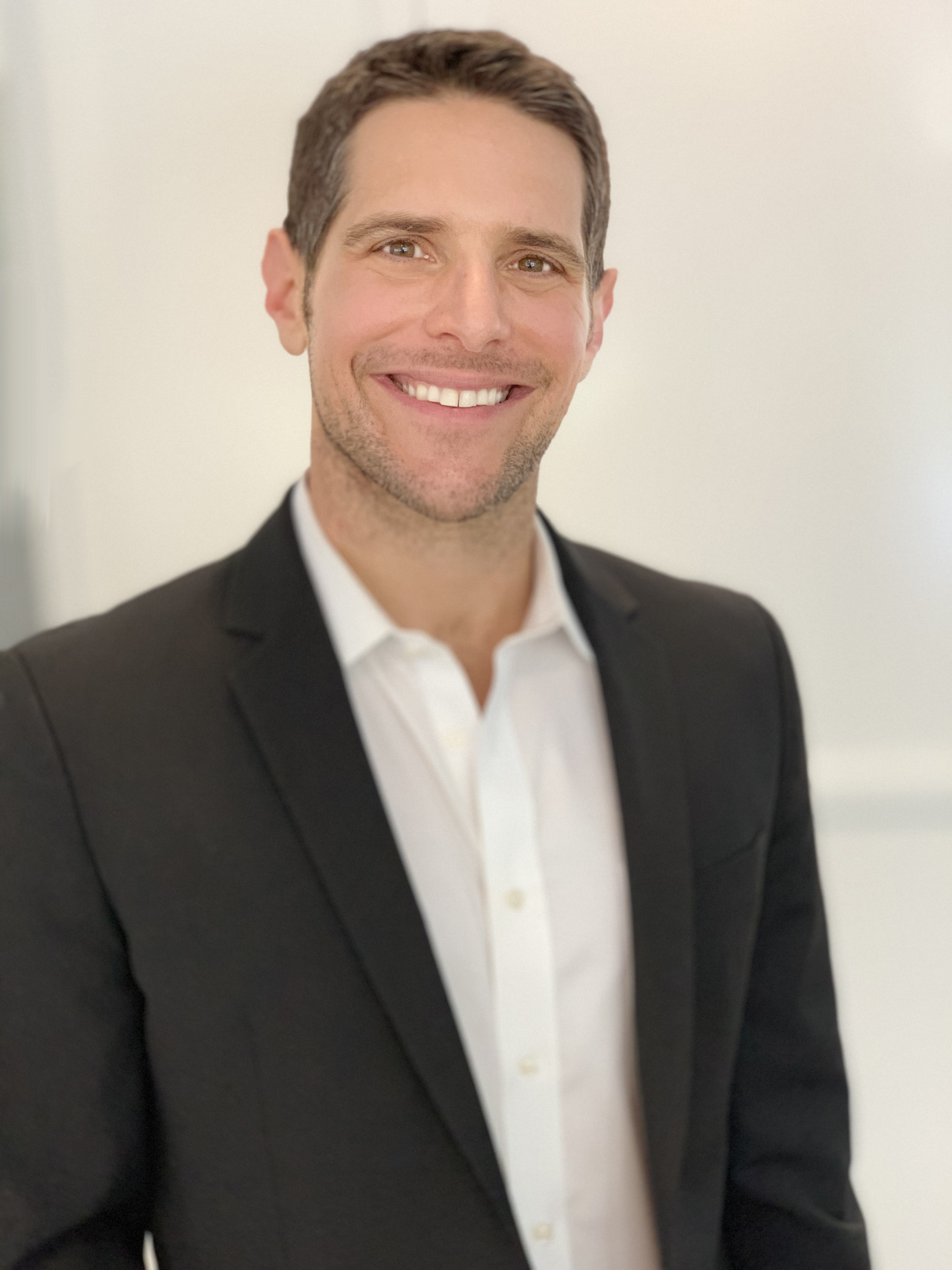OpenAP Building New Products as Advanced Ad Demand Grows
Deal with iSpot adds attribution to platform

Things are hopping at OpenAP, the advanced advertising company.
CEO David Levy said the pandemic and the atypical upfront market it is causing are accelerating the push toward data-driven, audience-based advertising on both the buy and sell sides.
“We’ve been incredibly busy supporting our partners as they work with their clients across upfront conversations,” Levy said. “It’s obviously been challenging in this work environment, but I have to say I’m lucky to have a small but very able — and probably overworked — team that has been working arm-in-arm together.”
That small group — about seven full-timers — will be growing as OpenAP looks to add features and functionality to its platform.
“We’ve clearly defined what we’re doing from an audience standardization perspective,” Levy said. “We have a lot of initiatives around how to actually take that audience in and execute.”
One thing OpenAP is working on is connecting data-driven linear inventory to buy-side DPS. It is also working on new digital offerings based on conversations with buy-side customers. That suite of products would enable buyers who have built the audience they want to reach to use OpenAP’s systems — or their own — to do the planning across both digital and linear.
It’s also trying to tackle the issue of cross-platform measurement, so advertisers can optimize their spending, and to help clients manage the frequency with which their ads are seen by consumers irritated by seeing the same commercials over and over again.
The smarter way to stay on top of broadcasting and cable industry. Sign up below
“That’s been a huge ask with the OTT space,” he said, noting that OpenAP owners ViacomCBS, NBCUniversal and Fox have become big players in that business.

Upping Attribution Game
A recently completed deal with iSpot.TV has enhanced OpenAP’s ability to provide attribution, which lets clients know the impact of their media investments.
Levy said OpenAP was already reporting unduplicated reach and frequency of campaigns. “We heard from a lot of brands that they want us to add to our offering a holistic attribution report that runs across all the networks,” he said. “That’s what the partnership with iSpot is really about.”
OpenAP might bring on other companies that do attribution. “We’re pretty agnostic around partners. Our goal is to work with new partners to create standards for how they’re going to do attribution.”
Started as a consortium formed by Viacom, Turner and Fox, OpenAP was created to boost target advertising by standardizing audience definitions. NBCUniversal joined in 2018 and last year Turner dropped out after it was acquired by AT&T, which wanted its Xandr unit to handle its advanced-advertising activities. Other programmers who have joined OpenAP include Univision, The Weather Channel and AMC Networks.
OpenAP last year restructured into a company owned mainly by Fox, Viacom and NBCU, and Levy was named CEO last May. Organizing OpenAP as a company made decision-making and execution more focused as it launched its marketplace.
“It’s been really good,” said John Halley, chief operating officer, advertising revenue & executive VP, advanced marketing solutions at ViacomCBS. “The best decision we made, actually, was to manage it that way.
“The amount of progress David and his team have made just from a product standpoint is really impressive,” Halley continued, adding that he and representatives from OpenAP’s other owners meet with it weekly. “They’re not a big team but they’re able to decipher exactly what it is we need. I mean, they get our requirements loud and clear.”
The alignment with its owners means OpenAP doesn’t have to spend time selling itself to the publishers on its platform, saving resources, Levy said.
Saving Money, Scaling Up
Levy said OpenAP will have hundreds of millions of dollars’ worth of advertising running through its marketplace this year. The company makes money, but short-term profitability isn’t its top goal. It’s revenues should be able to cover what it needs to fund the new products it is creating, he said.
“When you think about the scale that we have and the fact that we’re incredibly efficient on the resource side, we’re in pretty good shape,” he said.
In addition to driving scale for advanced advertising, it’s also helping to drive down expenses. The biggest cost driver in data-driven linear and addressable advertising are the multiple data vendors and matching providers.
Levy estimates that data costs can be between 6% and 12% of a campaign, with technology fees costing another 10% to 12%.
“If you can centralize some of the workflow and automate some of it, you can really save costs in a material way, which has been a big barrier to really scaling this,” he said.
Jon has been business editor of Broadcasting+Cable since 2010. He focuses on revenue-generating activities, including advertising and distribution, as well as executive intrigue and merger and acquisition activity. Just about any story is fair game, if a dollar sign can make its way into the article. Before B+C, Jon covered the industry for TVWeek, Cable World, Electronic Media, Advertising Age and The New York Post. A native New Yorker, Jon is hiding in plain sight in the suburbs of Chicago.

